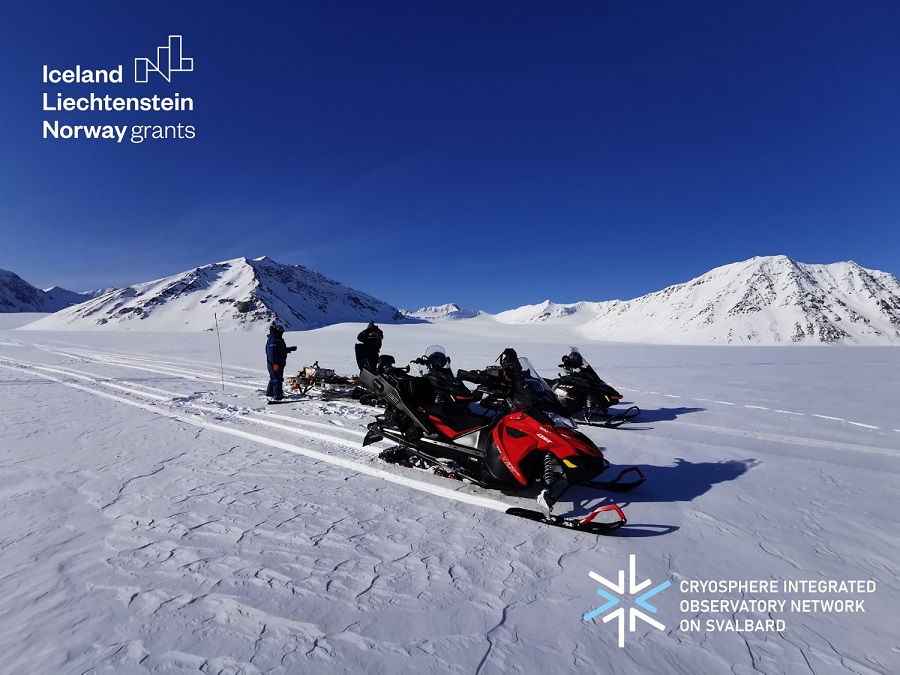At the end of 2022, a large infrastructural project called Cryosphere Integrated Observatory Network on Svalbard (CRIOS) begins.
The CRIOS project, developed as part of Polish-Norwegian cooperation, is coordinated by Michał Laska, PhD from the University of Silesia in Katowice and the Centre for Polar Studies. The project’s budget is estimated at over PLN 6 million.
The University of Silesia together with the Institute of Geophysics of the Polish Academy of Sciences, the University of Wrocław, the Nicolaus Copernicus University in Toruń, the Maria Curie-Skłodowska University in Lublin, University of Poznań, Warsaw University of Technology, Norwegian Polar Institute, University Centre in Svalbard, Norwegian Meteorological Institute and SIOS – Knowledge Centre undertook to expand and harmonise the observation network in Svalbard.
The main objective of the project is to create a measurement and instrumentation network necessary for the process of calibration and validation of remote sensing data, models or other indirect research methods that require calibration data. In addition, great emphasis will be placed on the harmonisation of measurements and standardisation of equipment, including retrofitting to current standards. The culmination of these efforts is the real-time transfer of raw, unprocessed Level 0 data, which will be made available to the broad research community through open, international databases.
This innovative, predefined project was developed by the Polish Polar Consortium in cooperation with the National Science Centre. Funding for the project is guaranteed from the European Research Area (ERA) Financial Mechanism and the Norwegian Financial Mechanism for 2014-2021.
More information regarding the project can be found on the website www.crios.pl.






